In recent days, the Russia-Ukraine conflict has taken an unpredictable new escalation. Along with strong attacks on the ground, the tense missile war has raised warnings of the risk of World War III. What will happen?
Escalating spiral
Both sides have been continuously launching heavy tit-for-tat attacks. With the green light, Ukraine has repeatedly launched long-range ATACMS missiles supplied by the US and UK deep into Russian territory. The Ukrainian President has called for stronger Western support to end the conflict with Russia by 2025.
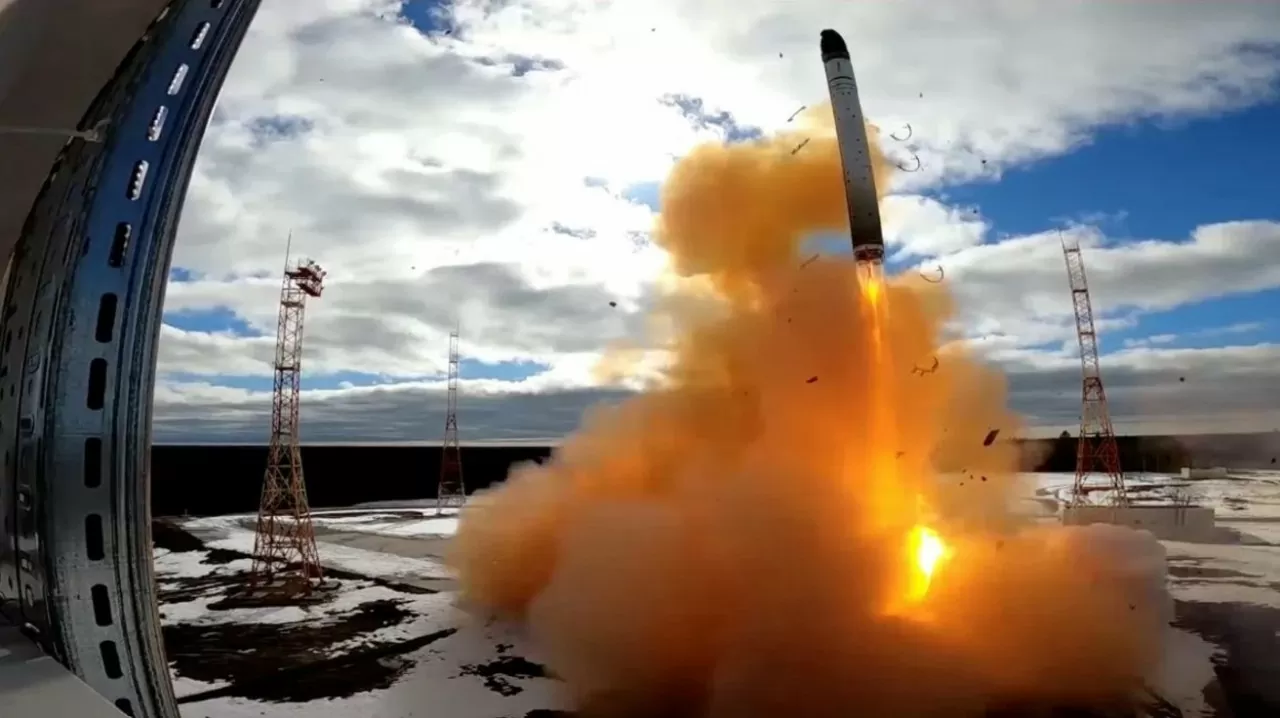 |
| Russia used Oreshnik missiles to attack Ukraine, describing them as modern and unstoppable. (Source: Reuters) |
On November 21, Russia launched for the first time the hypersonic missile (Mach 10 speed) Oreshnik, a new type of weapon technology, "unstoppable" at a military target in the city of Dnipro. Before that, President Vladimir Putin officially approved the amendment to the nuclear doctrine.
Moscow counterattacked and recaptured 40% of Kursk province, putting Kiev's army in a situation where it could be surrounded and destroyed at any time. At the same time, it achieved record progress on the Ukrainian battlefield. Never before has Russia acted so decisively and attacked so fiercely at such a great speed.
NATO held an emergency meeting to discuss how to respond, recommending that members provide all necessary weapons to Ukraine. The US completed the deployment of a missile defense system in northern Poland and is ready to deploy missiles in Japan.
Tensions continue to rise. There are rumors that Washington may provide Tomahawk strategic missiles to Kiev. Some experts even suggest that the US transfer nuclear weapons to Ukraine!
Russia responded strongly, saying that the Oreshik missile could be used on a larger scale. According to the TASS news agency, Moscow is preparing to put the “world’s most powerful” intercontinental missile, the RS-28, capable of carrying nuclear warheads, into combat duty. Deputy Chairman of the National Security Council Dmitry Medvedev said that Moscow would be forced to attack NATO military bases if the West supplied long-range missiles to Ukraine to attack Russia.
The cards have not been revealed yet. It is not known what moves the parties will make next. But it can be said that the spiral of “tit for tat” will continue, both on the battlefield and in the media.
Media War
The information given by both sides was contradictory, at times it seemed like they were talking about two different wars. In Kursk, some experts said that Russian intelligence was incompetent, leading to strategic mistakes, damage to the battlefield, loss of forces, loss of prestige; more than three months without retaking, proving that its capabilities were limited. But there were also opinions that Ukraine made mistakes, failed both politically and militarily; its elite forces were placed in a siege. Russia has not yet counterattacked in Kursk to concentrate its strength on the Ukrainian battlefield.
The same goes for the missile war. One side asserts that the Oreshik missile attack is unrivaled, having great military and political significance, both for Ukraine and NATO. The other side, on the contrary, says that the Oreshik carries a warhead that does not contain explosives, has negligible destructive power, Russia has not produced many of these missiles and this is just a “wind trick”!
Similarly, the information about the losses of the two sides is also very different. These are just specific examples of many other cases. In a long-term, large-scale war, the value and significance of a military operation must be placed in the overall strategy with many different purposes.
The conflicting opinions are the result of an information war between the parties, in which the West has the upper hand. Some experts are biased or have incomplete information, which is distorted. In conditions of highly developed information war, it is difficult to assess the truth and it is easy to be influenced. Therefore, it is necessary to consider it objectively, comprehensively and mobilizely.
Information warfare, along with missile warfare, the unprecedented increase in attacks has raised concerns about the "brink of war" situation, the risk of World War III.
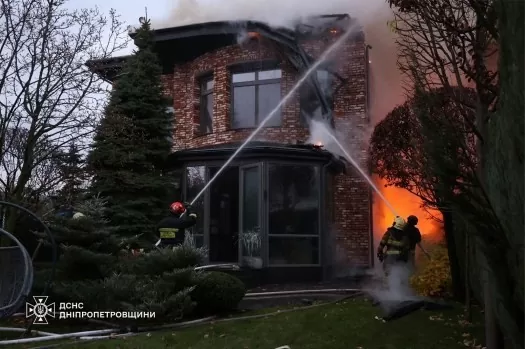 |
| Rescuers extinguish a fire at a house that caught fire following a Russian airstrike in Dnipro , Ukraine on November 21. (Source: AP) |
Present danger
Both Russia and the West are talking about the risk of World War III, even nuclear war. According to some Western experts, the presence of third-party military forces in Ukraine (referring to North Korea) and NATO's stronger, deeper, more direct involvement in the conflict are indicators of the risk of the next World War.
Why do all sides emphasize the "brink of war" situation? What is behind the hot warning?
President Volodymyr Zelensky's aim is to draw NATO and the West deeper into the game, with more aid, under the pretext of containing the Russian threat to European and American security. At the same time, he wants to demonstrate that NATO's admission to Kiev is an urgent need.
The warnings from the West, NATO and the US are aimed at creating unity, strengthening determination and promoting stronger actions, forcing Russia into a position of defeat and weakness. It is also an excuse to justify the strengthening and expansion of NATO and increasing the defense budget.
Russia has repeatedly warned of the risk of World War III to deter NATO from getting more directly involved in the conflict in Ukraine. At the same time, it is a psychological attack to influence the people of Western countries, not to let their governments get deeply involved, dragging their countries into an unrelated conflict.
These actions are also related to the time when President-elect Donald Trump will be sworn in two months from now. One side wants to create a fait accompli, a barrier to prevent the new White House owner from “turning around” in his policy towards Ukraine. The other side wants to take advantage of the positive side of the announcement to limit aid to Kiev, promoting negotiations to end the conflict, as Donald Trump promised during his election campaign. Everyone wants to create a favorable outcome before January 20, 2025.
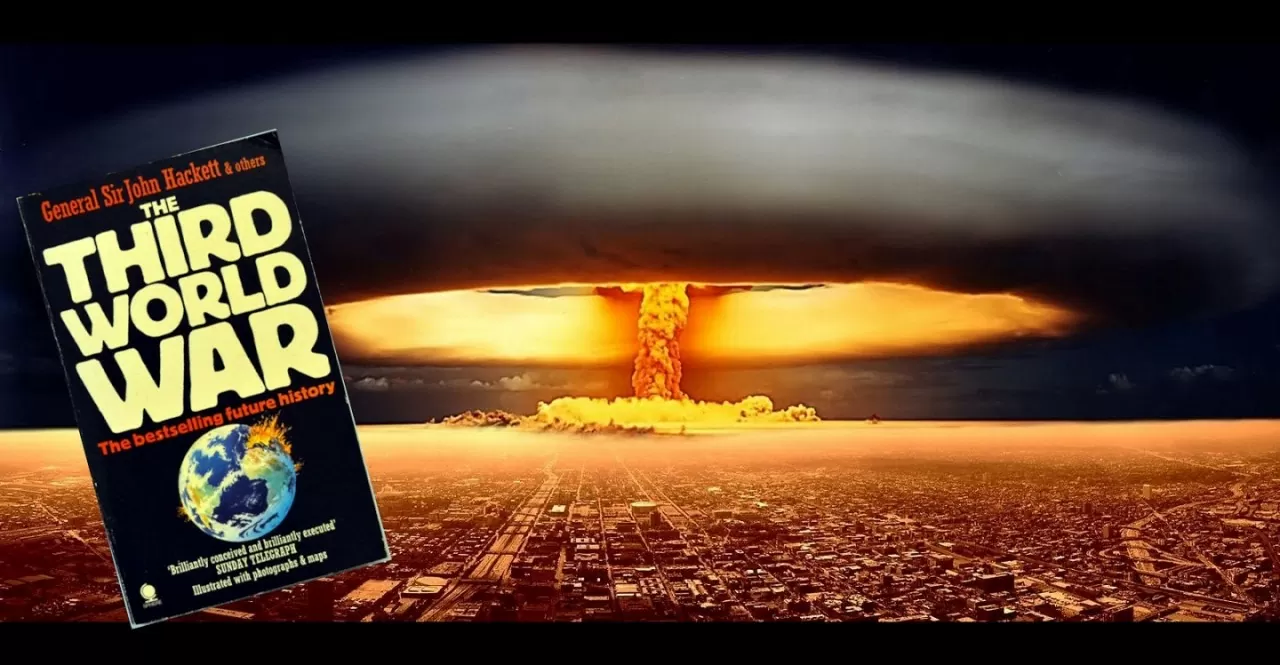 |
| The risk of the conflict in Ukraine erupting into World War III cannot be completely ruled out. (Source: AWC) |
With the profound goal of defeating the opponent; the "vague" and unpredictable strategy, both on the battlefield and in the media, of all sides, the risk of the conflict in Ukraine erupting into World War III cannot be completely ruled out.
However, Western military experts admit that ATACMS and Tomahawk missiles can cause many difficulties for Moscow, prolonging the conflict, but do not decide the outcome of the battlefield, because the quantity is limited, Russia's territory is large and its military and defense industry are large. Russia has the advantage on the battlefield, does not provoke itself, creating an excuse for NATO to directly participate in the war, unless it is forced into a "corner".
From the strategic intentions, the overall balance of power of the parties and the situation where the “red line” has been crossed many times, we can predict the risk of World War III – a nuclear war that is unlikely to happen. Because the consequences are catastrophic and unpredictable for all.
To some extent, the situation of “on the brink of war” and the risk of nuclear war are also factors that force “hotheads” to consider carefully and seek backup solutions. All sides are considering the option of negotiation. The question is how far can they make concessions and what goals can be achieved?
| Both Russia and the West talk about the risk of World War III, even nuclear war. |
Thorny negotiations
Thus, the tense and complicated developments of the conflict still do not close the door to negotiations. Some optimistic forecasts suggest that negotiations can take place and be basically concluded in 2025. The most fundamental and thorny issue is the prerequisites of the parties.
Ukraine still does not give up its demand that Russia withdraw all troops from occupied areas, including the Crimean peninsula, and be admitted to NATO. At the same time, it requests the West and NATO to provide support to create an advantageous position with Russia before accepting negotiations. In essence, it is to lure the West and NATO into long-term involvement in the conflict.
One of the underlying causes of the special military campaign on February 24, 2022 is NATO's expansion, approaching Russia from all sides. Finding ways to support Kiev to improve the situation, prolonging the war of attrition, pushing Moscow into a quagmire and weakening, is the realistic calculation of NATO and the West.
In the current context, the US can both cut aid to Ukraine and put pressure on both sides, forcing Kiev to concede part of its territory and suspend its request to join NATO in exchange for a "freeze" of the conflict.
Russia cannot accept a half-hearted compromise. In addition to maintaining and restoring the annexed regions, Russia wants to negotiate directly with the US and NATO. Moscow's uncompromising condition is that Kiev must remain completely neutral and never join NATO.
So, the negotiation scenario still has hope, but the developments are complicated and it is impossible to predict anything?
Source: https://baoquocte.vn/xung-dot-nga-ukraine-tinh-the-ben-mieng-ho-chien-tranh-nguy-co-the-chien-iii-va-kich-ban-dam-phan-295470.html


![[Photo] Bus station begins to get crowded welcoming people returning to the capital after 5 days of holiday](https://vstatic.vietnam.vn/vietnam/resource/IMAGE/2025/5/4/c3b37b336a0a450a983a0b09188c2fe6)
![[Photo] Vietnam shines at Paris International Fair 2025 with cultural and culinary colors](https://vstatic.vietnam.vn/vietnam/resource/IMAGE/2025/5/4/74b16c2a197a42eb97597414009d4eb8)

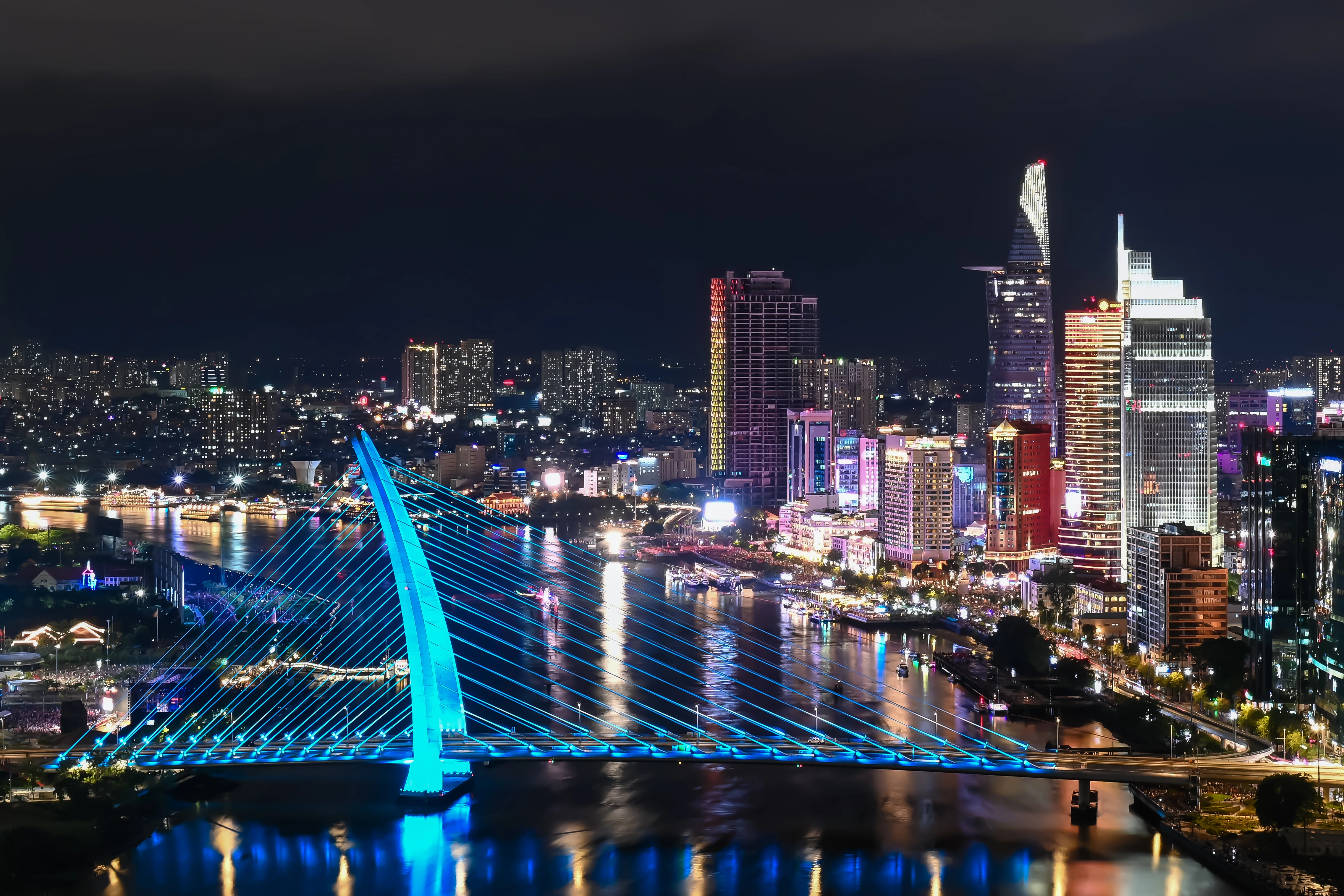
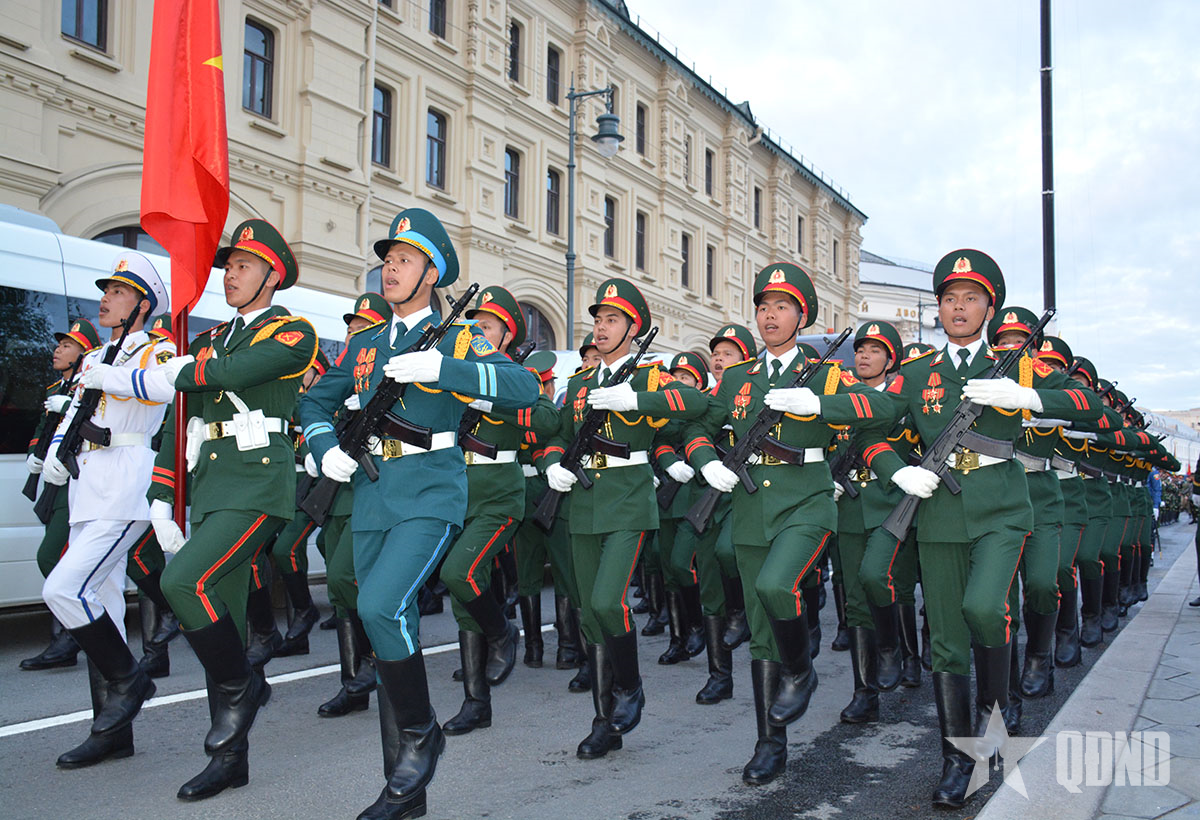
![[Photo] General Secretary To Lam receives Sri Lankan President Anura Kumara Dissanayaka](https://vstatic.vietnam.vn/vietnam/resource/IMAGE/2025/5/4/75feee4ea0c14825819a8b7ad25518d8)
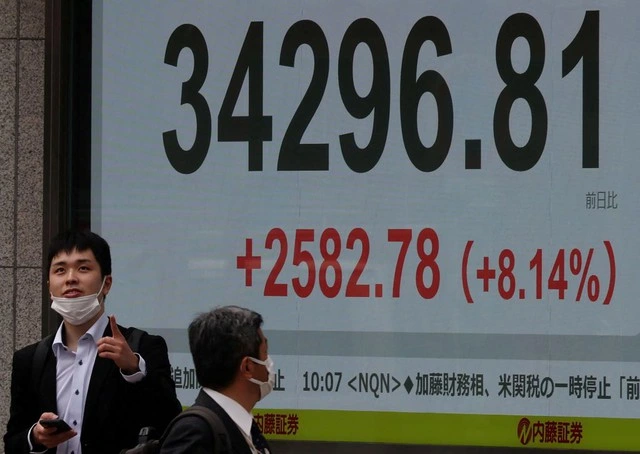

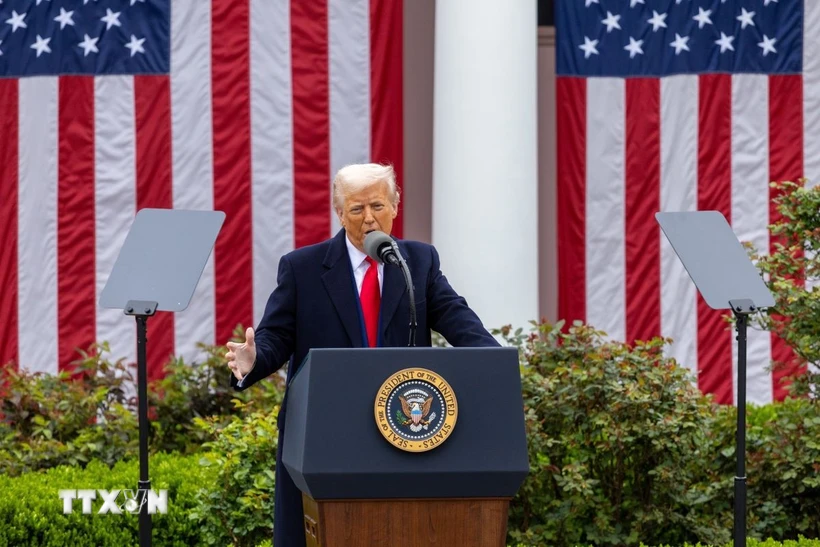

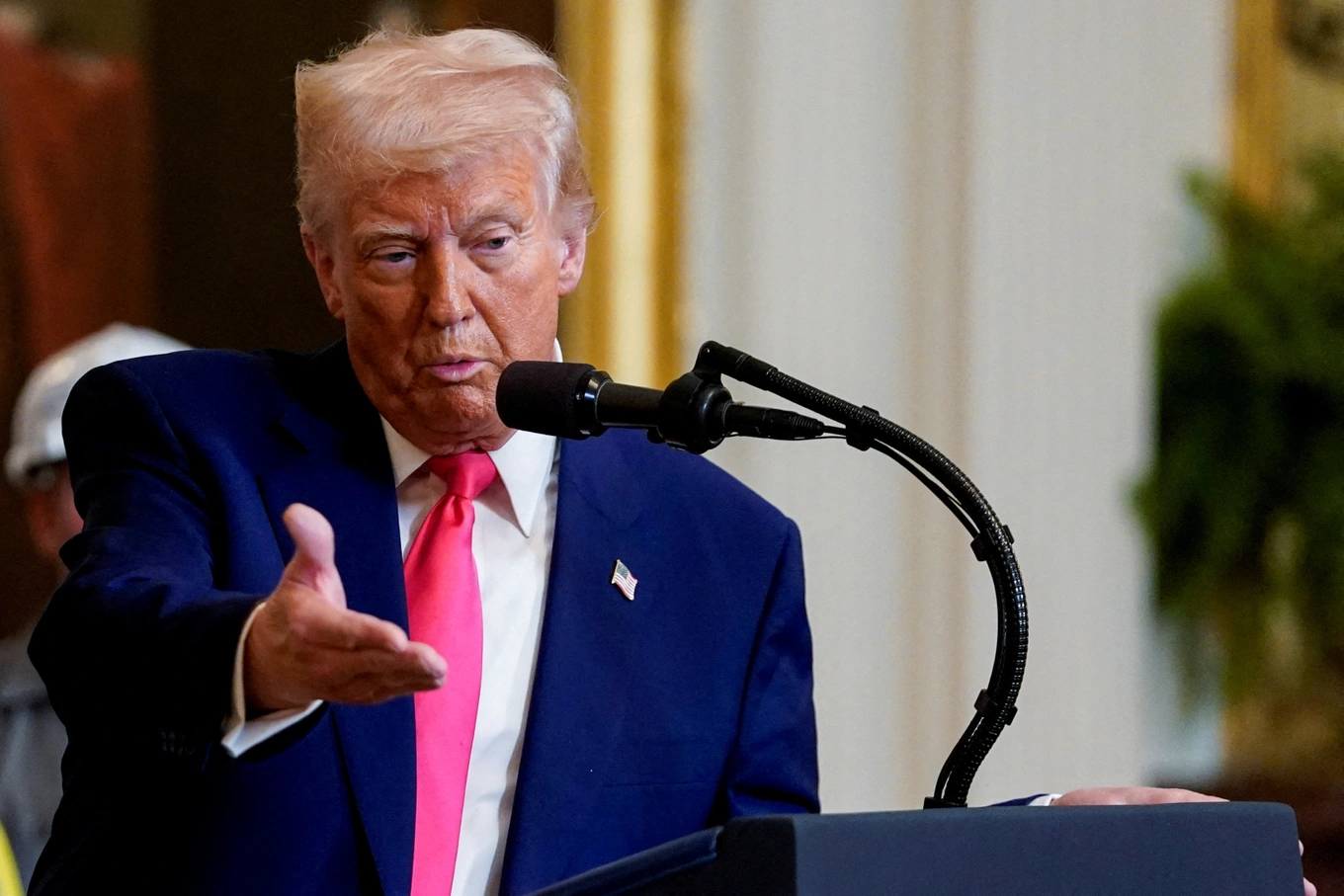


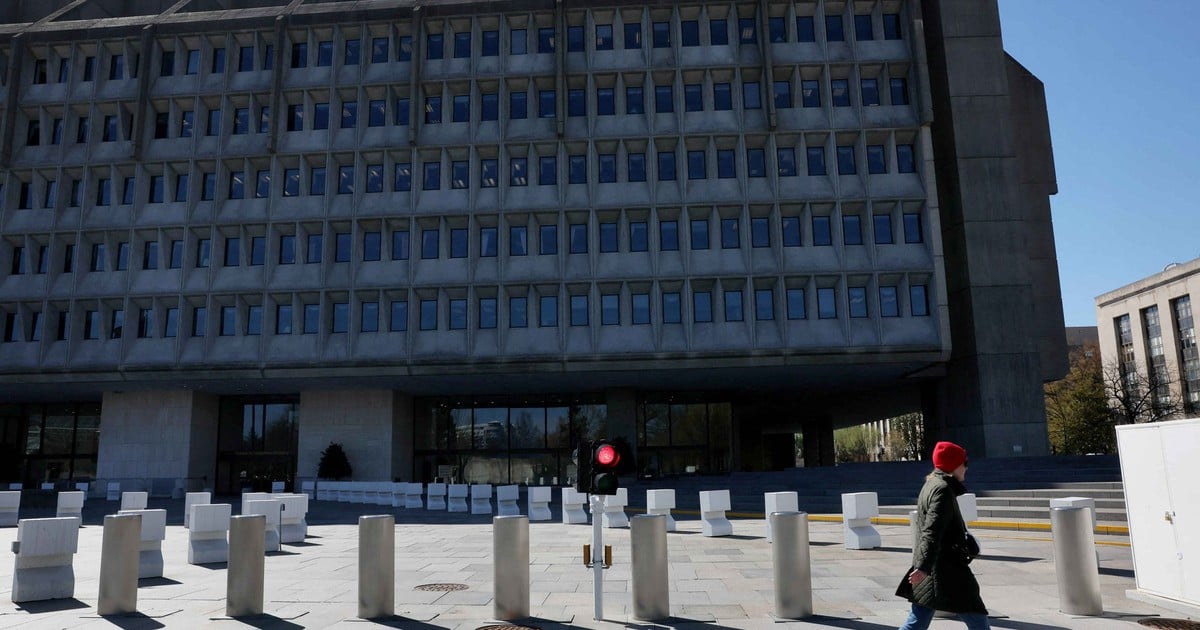
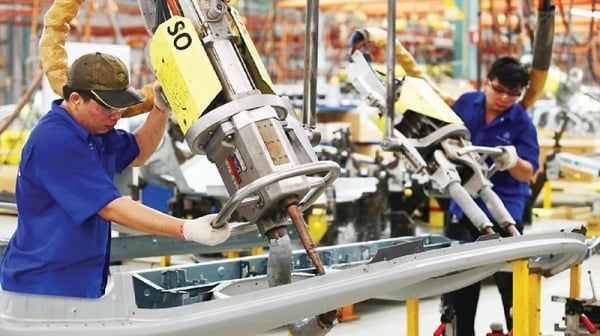
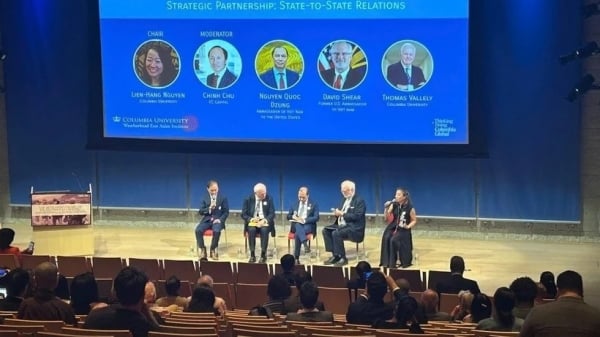
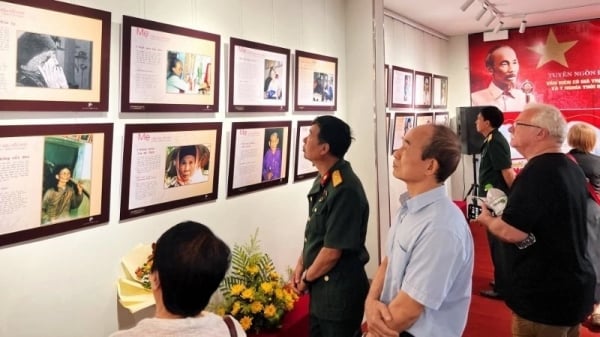
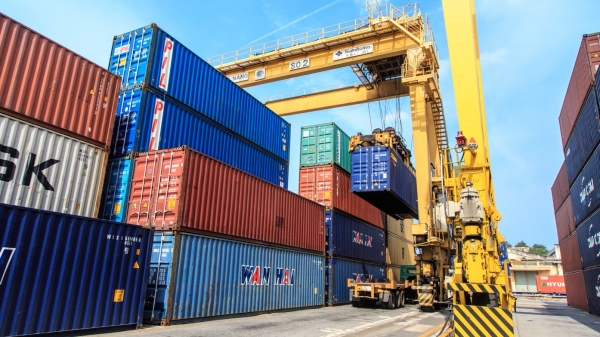
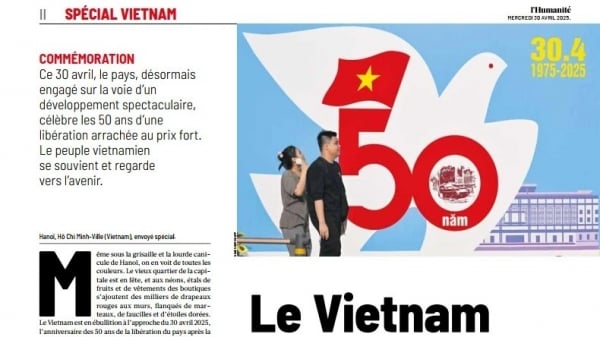
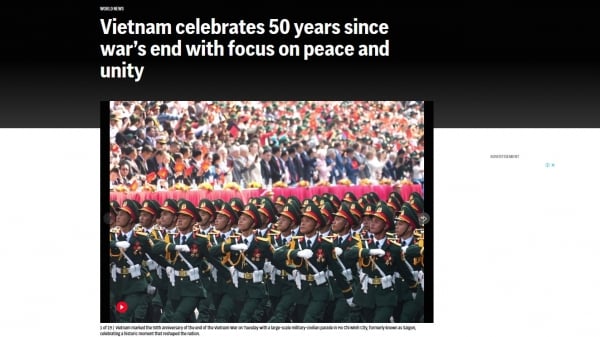

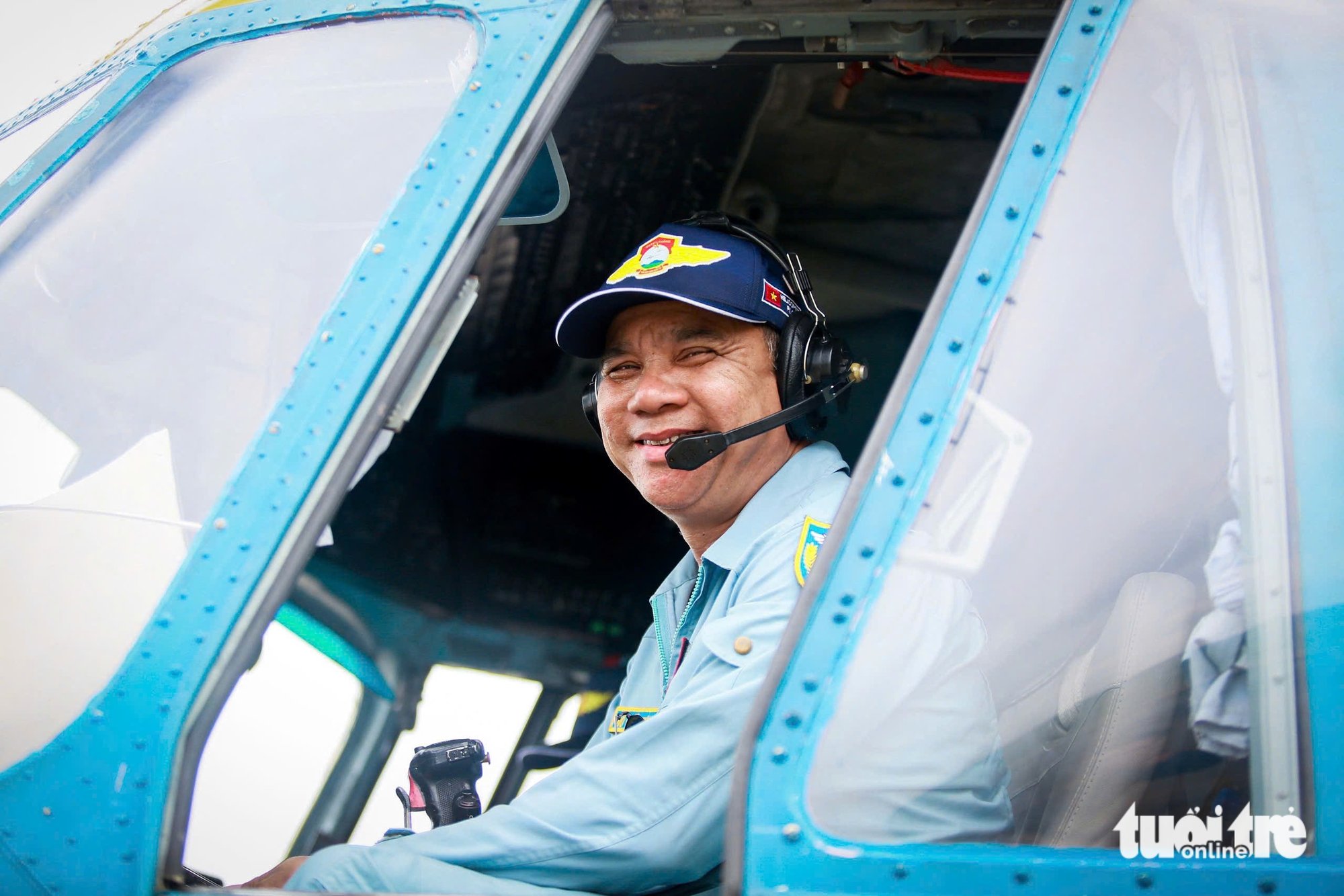




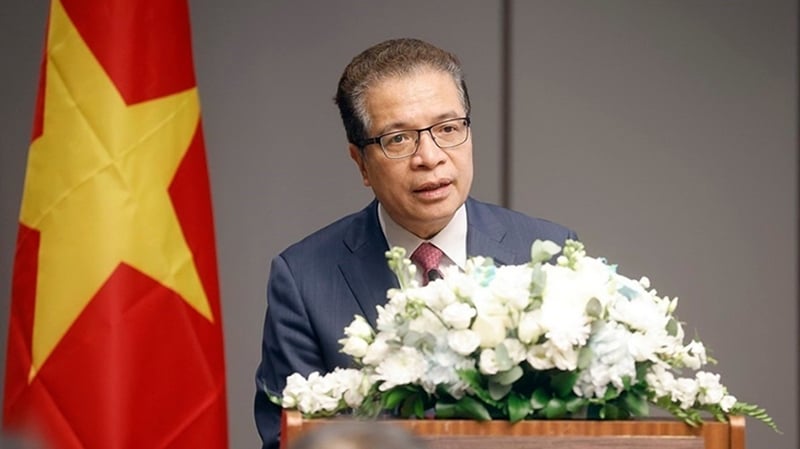
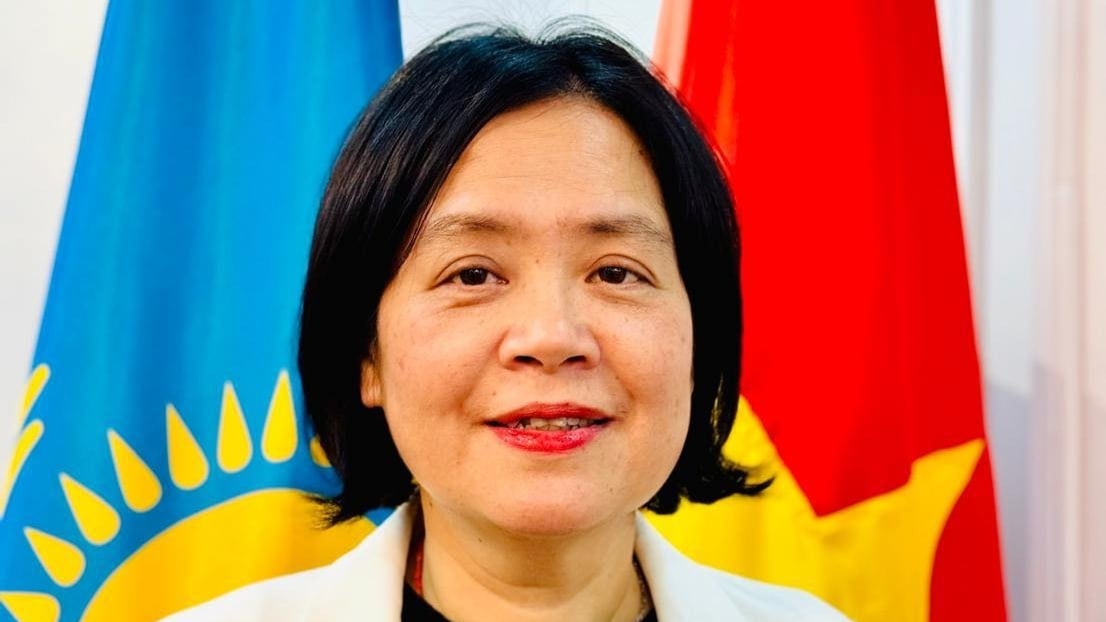
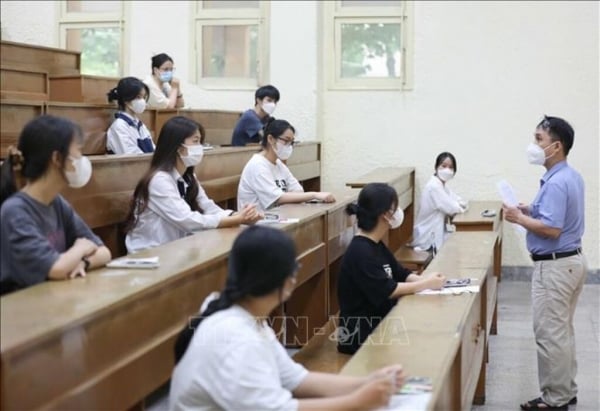
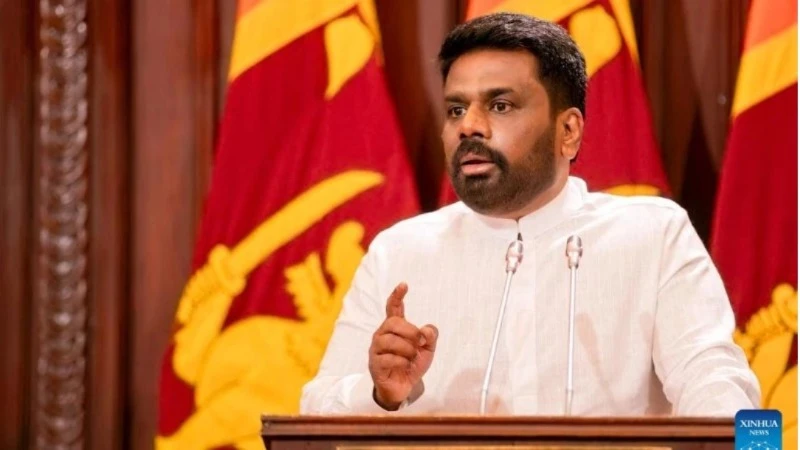
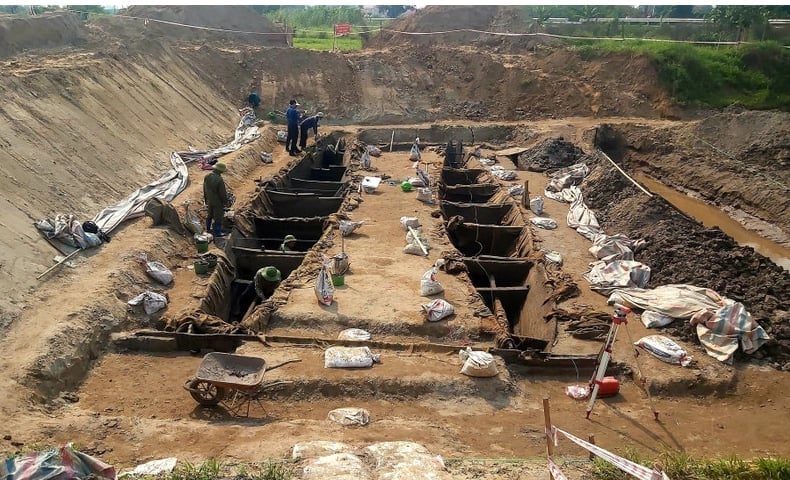





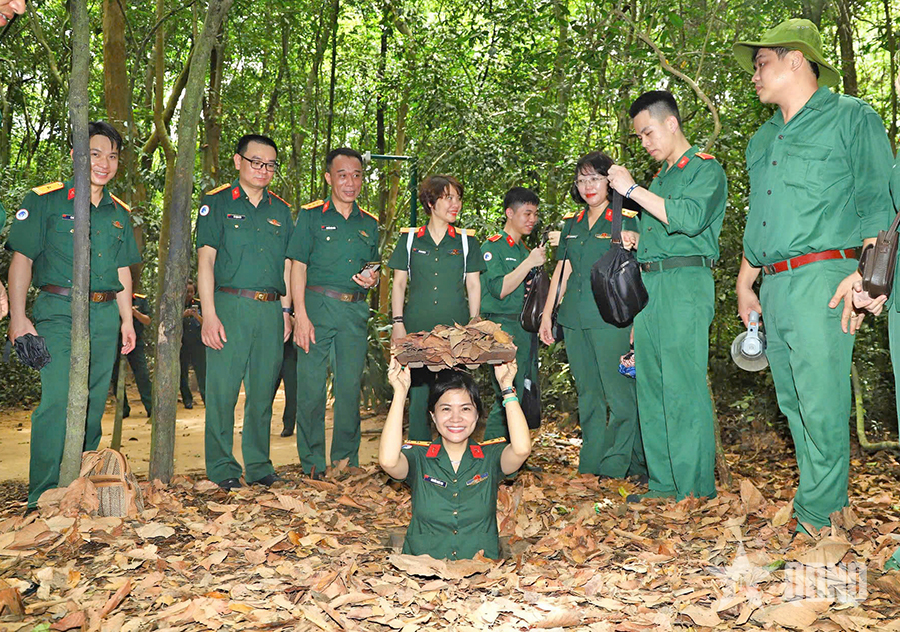

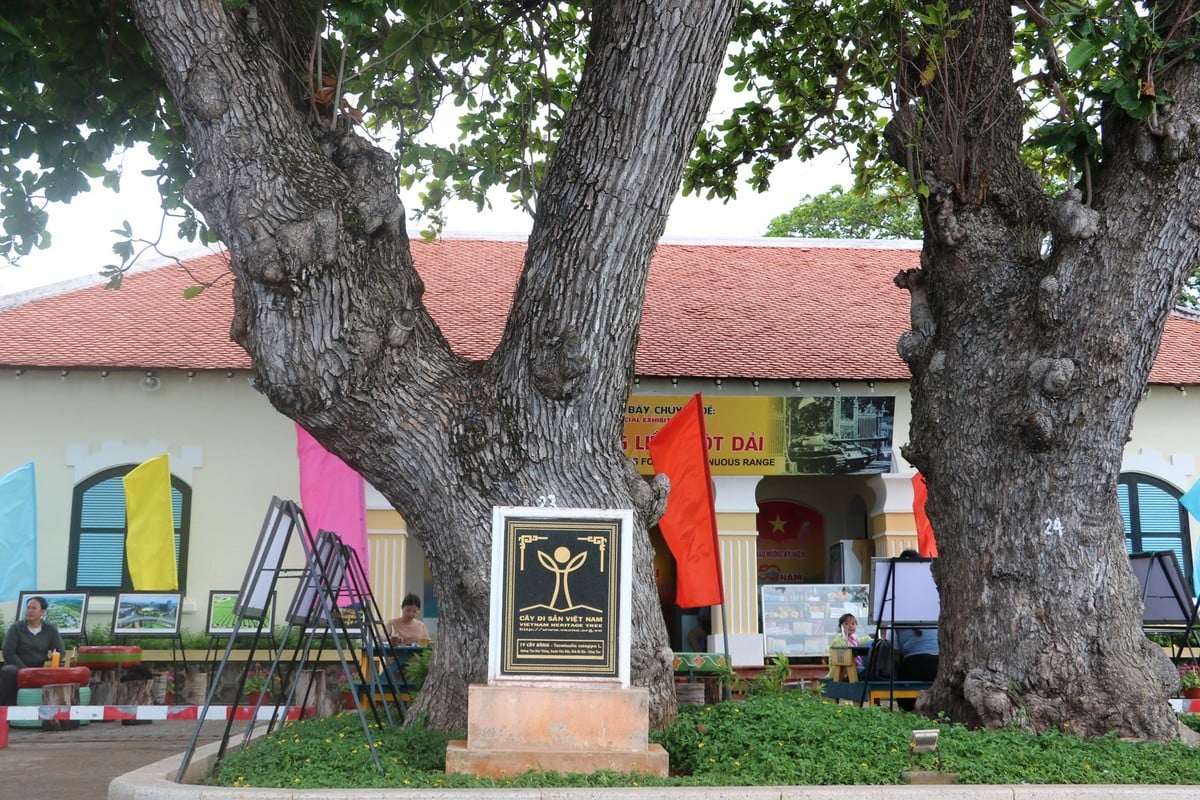

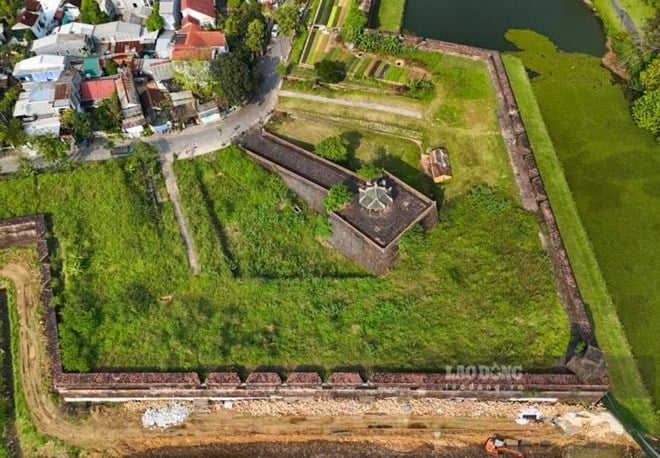




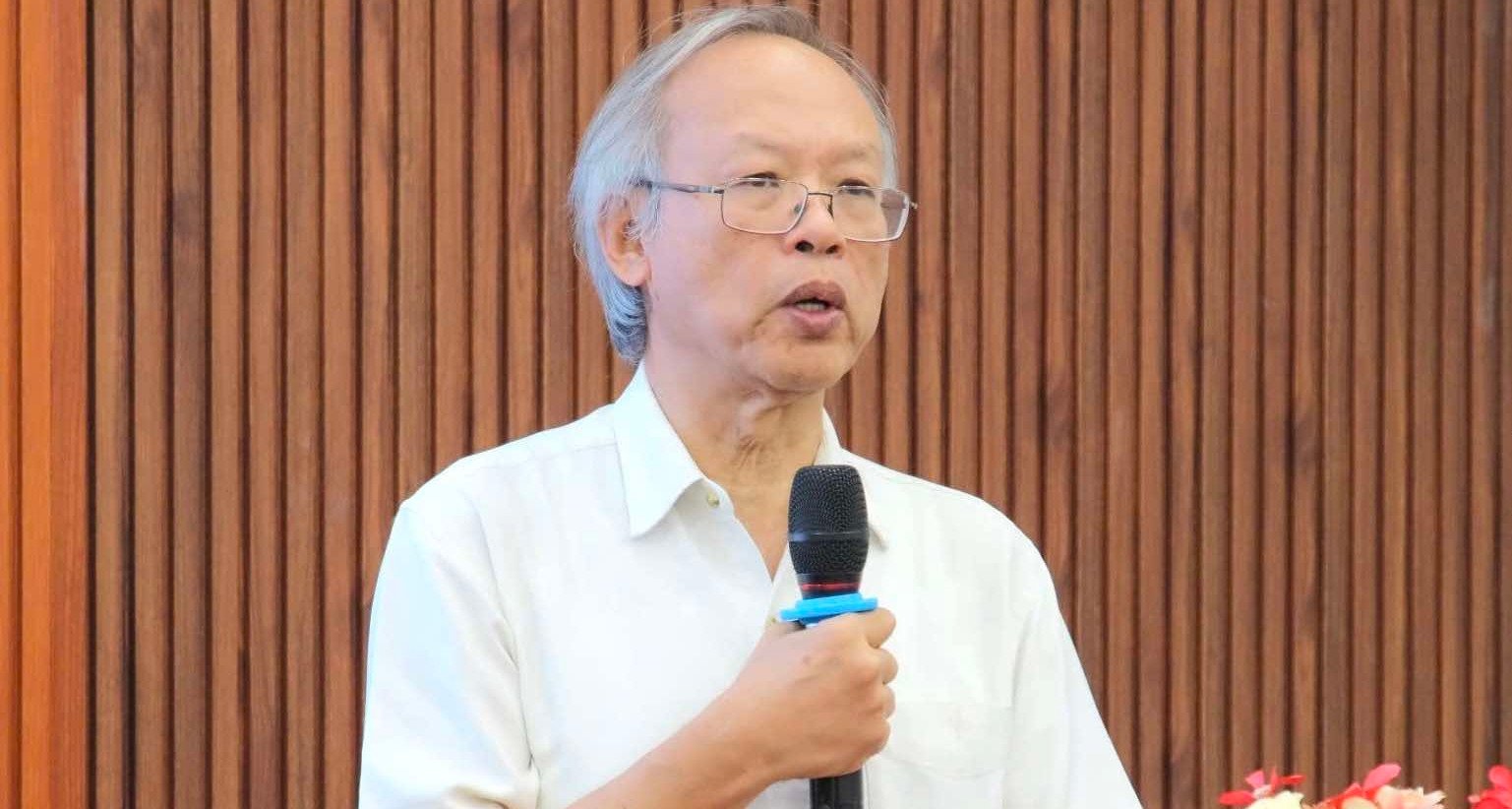


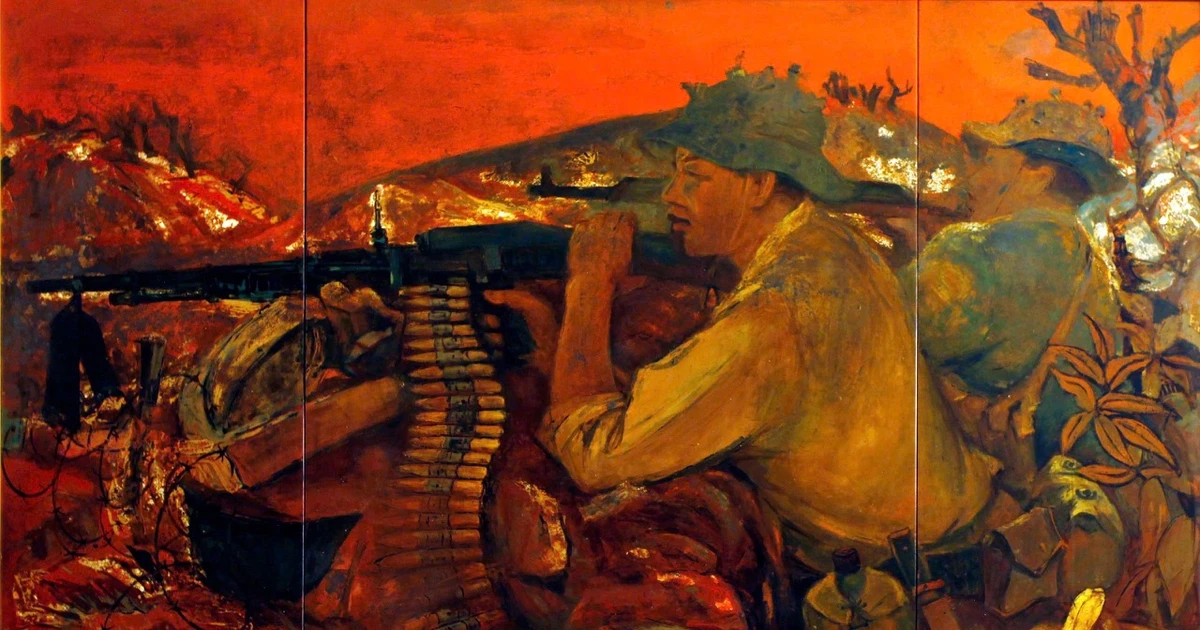







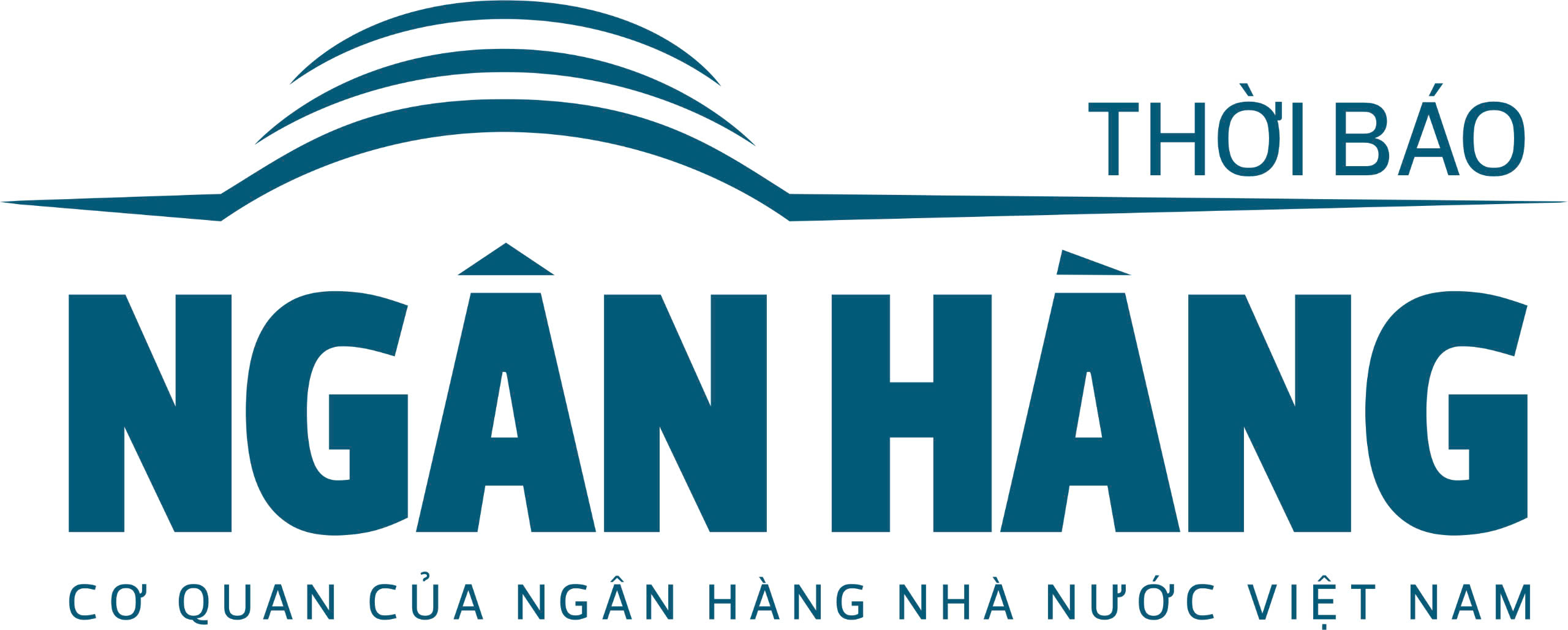

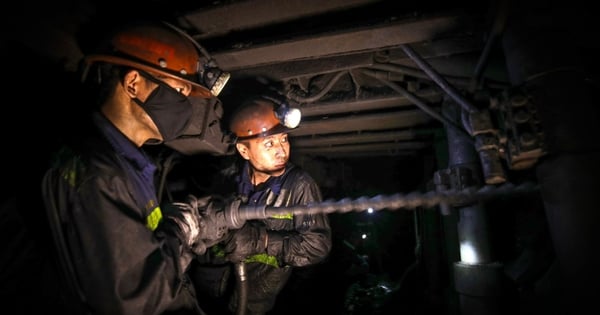






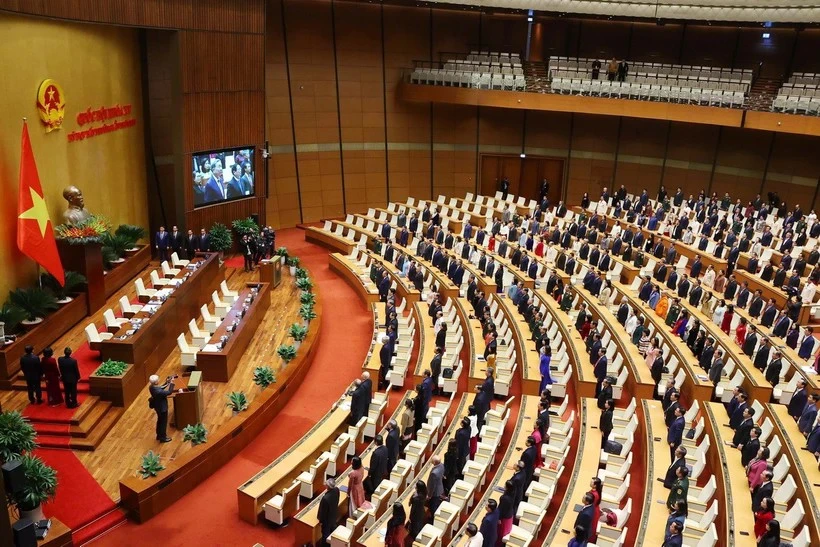



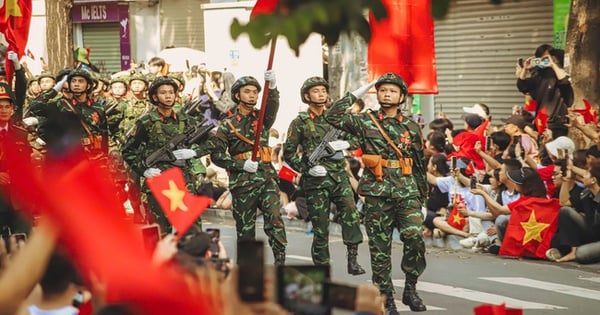




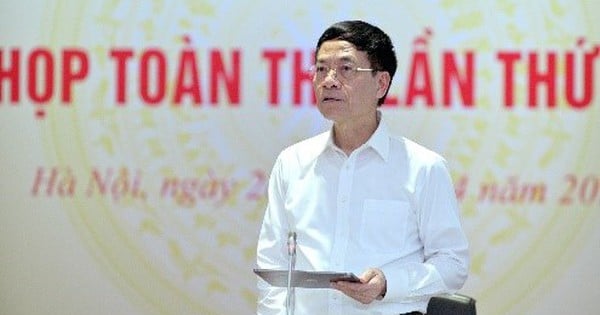








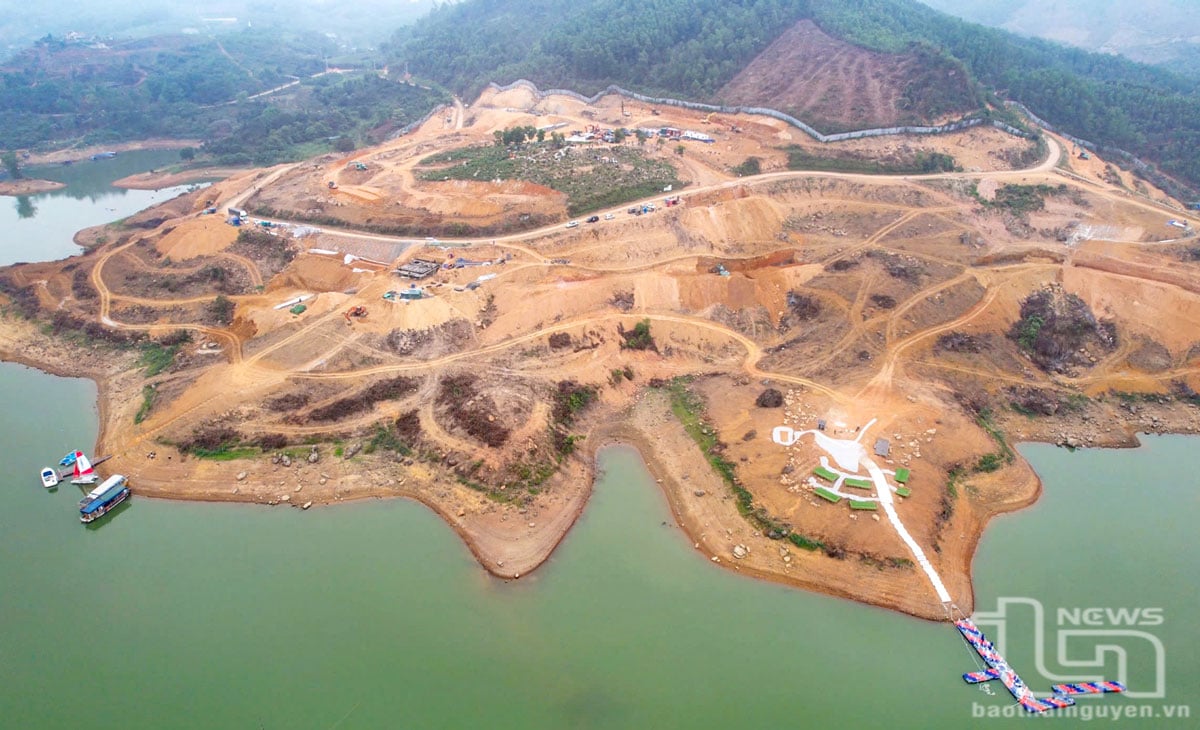







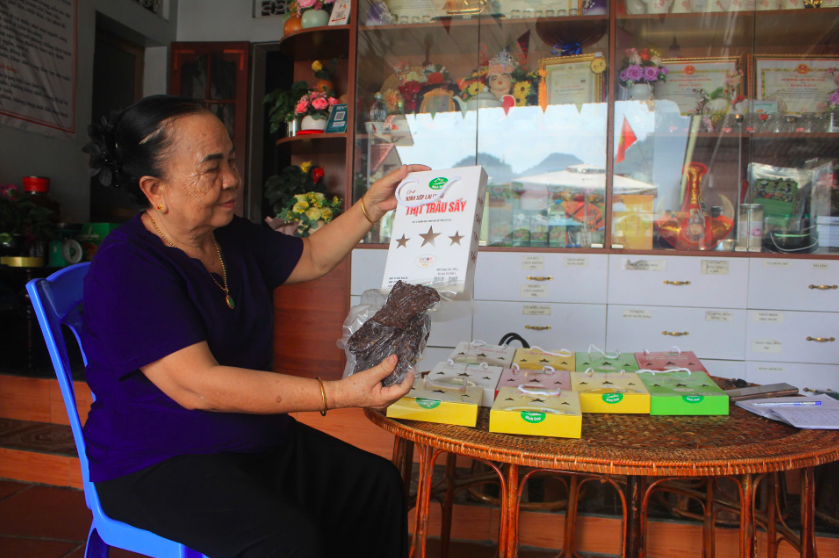

![[Video]. Building OCOP products based on local strengths](https://vstatic.vietnam.vn/vietnam/resource/IMAGE/2025/5/3/61677e8b3a364110b271e7b15ed91b3f)




Comment (0)